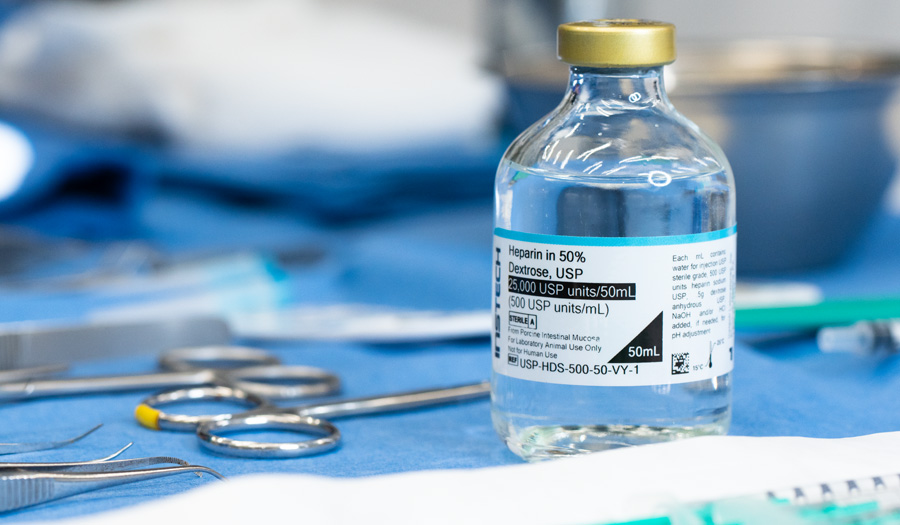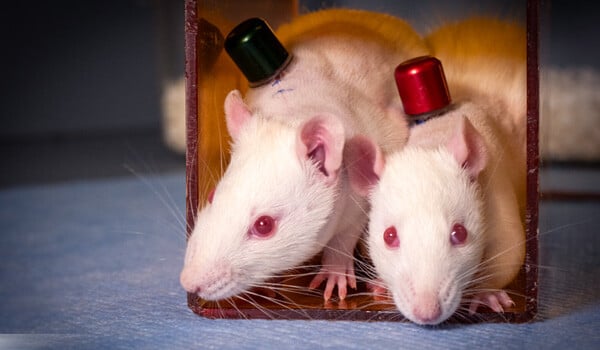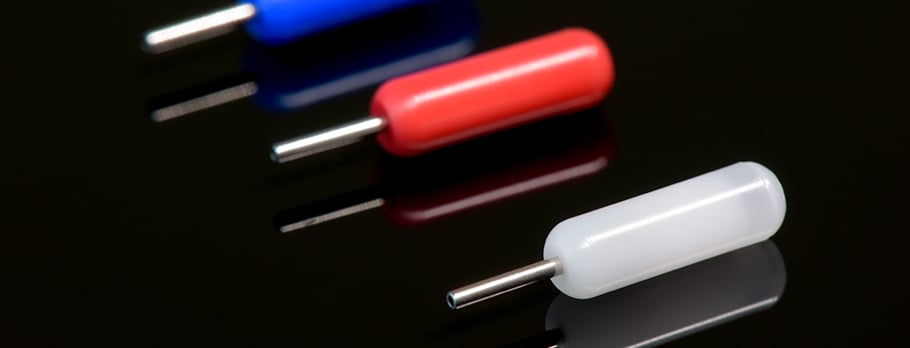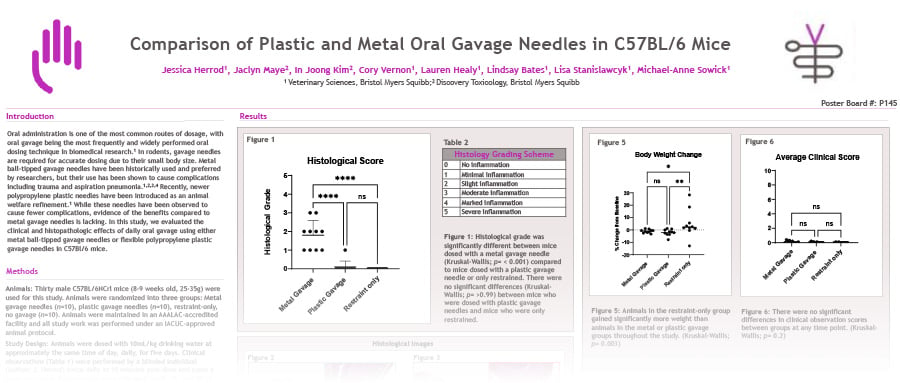Understanding the key factors that influence patency in catheterized mice and rats can lead to more successful sampling and infusion studies.
When it comes to achieving optimal patency in catheterized mice and rats, there are five keys to achieving that success.
Catheter Tip Placement is Key
The tip of your inserted catheter must be positioned in the ideal location for optimal patency. With all other factors observed, you may achieve patency for months! Inserting to the right location is critical, however. If your insertion length is too short thrombus formation can occur and compromise patency. Alternatively, if your insertion length is too long you can partially occlude blood flow and lead to loss of animal. Use your landmarks, make accurate measurements, and be consistent during your surgeries. Learn more about how to achieve perfect catheter tip placement by signing up for our Virtual Rodent Surgery Training Program.
Use a Closed System
Ease of catheter access. Maintaining asepsis. Extended catheter patency. Reduced catheter maintenance time. Lower animal stress. Potential for group housing. If you're doing any sort of catheterization, you should seriously consider using a closed system, like that with the Vascular Access Button™ (VAB™).
Catheter Material and Tip Profile Matter
Polyurethane (PU) is far and away the most commonly used, and recommended, catheter material, and for good reason. It's not as permeable as silicone (read more about permeability of catheter materials) and not as stiff as PE. PU offers the best of both worlds. Now what about tip shape - does a round tip really matter? Short answer: yes. Rounded tips are easier to insert, cause less vessel wall trauma, and this study from Charles River shows they do lead to better patency.
Sterile Components Are Non-negotiable
While there are different techniques and tricks of the trade to achieve a desired surgical outcome, there are certain must-dos and one of those is using sterile components. To inhibit biofilm formation and infections you must use sterile, pharmaceutical-grade lock and flush solutions, sterile catheters and supplies, and maintain aseptic technique during both the surgical procedure and catheter maintenance.
Apply Positive Pressure Technique
Compromised patency stems from blockages in the catheter. Unfortunately, we can't see what's going on underneath the skin so it makes it extremely difficult to diagnose. To help shed some light on the topic we conducted a study of our own that shows how critical your technique is, specifically the positive pressure technique, while maintaining your catheters and Vascular Access Buttons™.
Catheter blockages can have a negative impact on sampling and infusion studies, requiring more animals than necessary.
See the Full White Paper on Positive Pressure Technique
Patency is important. Extended patency is not only possible, but can now be expected using techniques and considerations like those above. If you'd like to learn more, or cover any more of these topics in greater detail, enroll in the Only Rodent Surgery Training Program.



